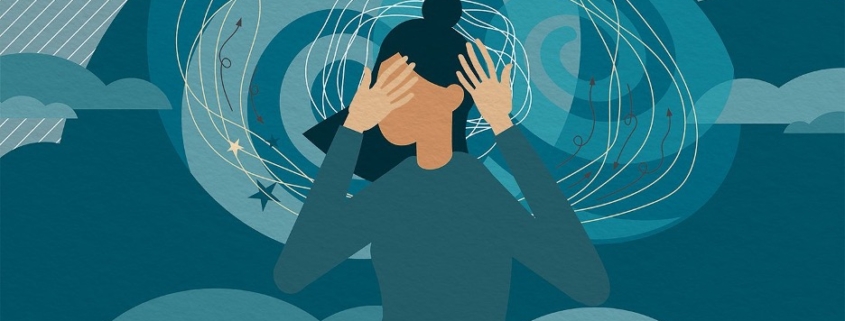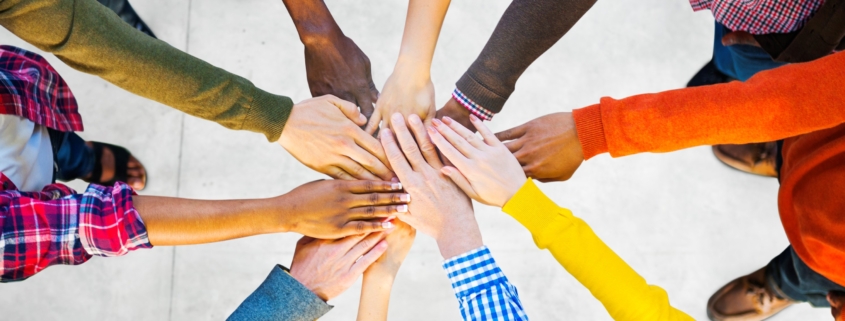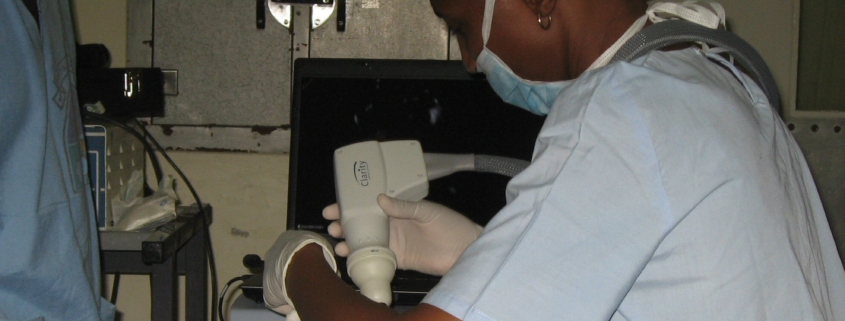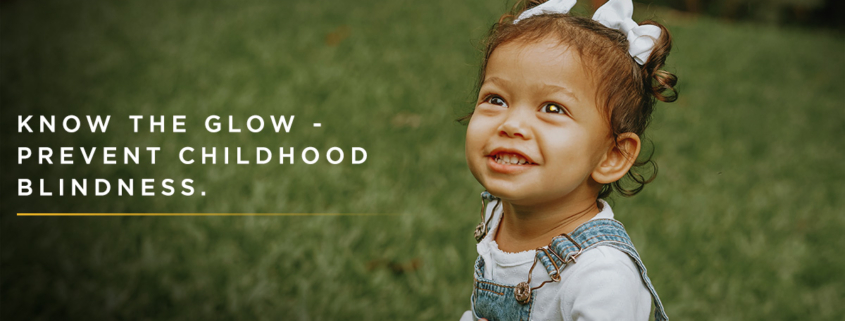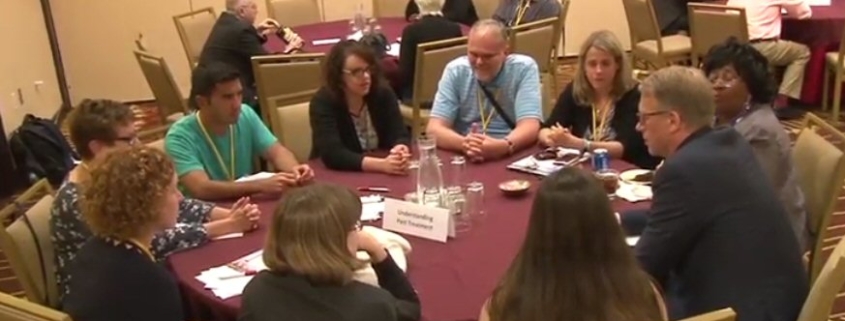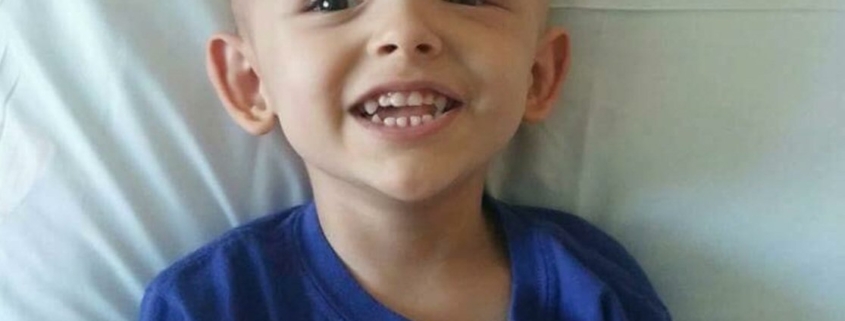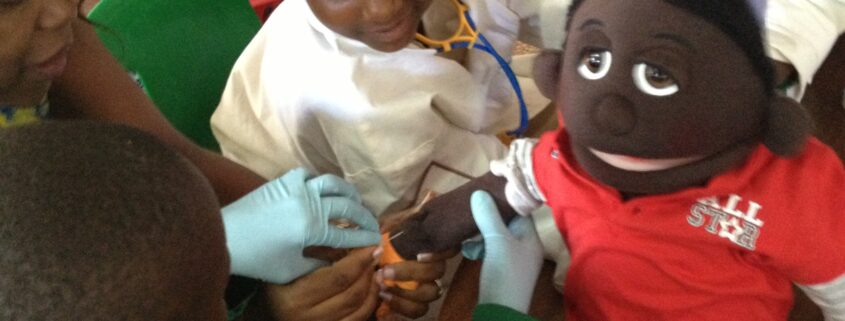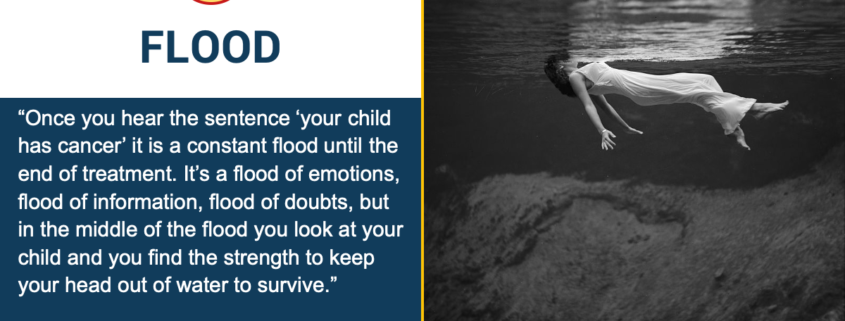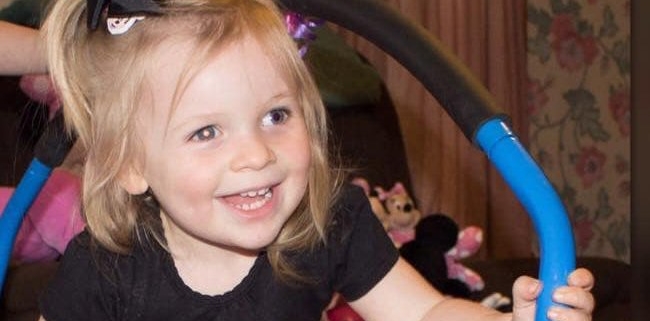Multicentre Research Collaboration: the Challenge and the Light
Multicentre research is complex. Challenges can arise in the process of bringing its many benefits to patients, families and professionals. In part 2/2 of this article, Rb survivor and WE C Hope CEO, Abby White, explores common challenges, with solutions for each, and how our childhood cancer community encourages healthy, successful collaborations.


